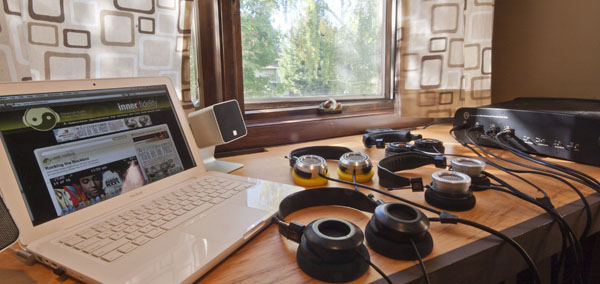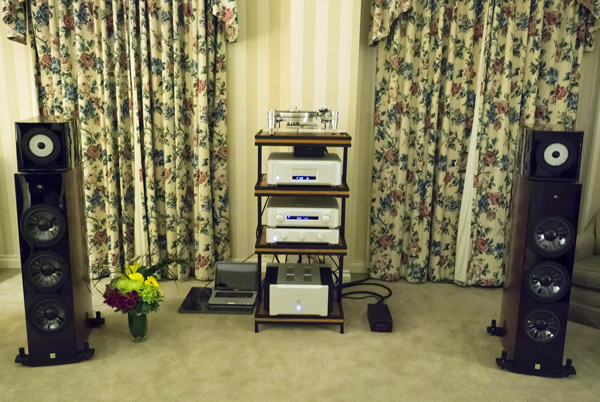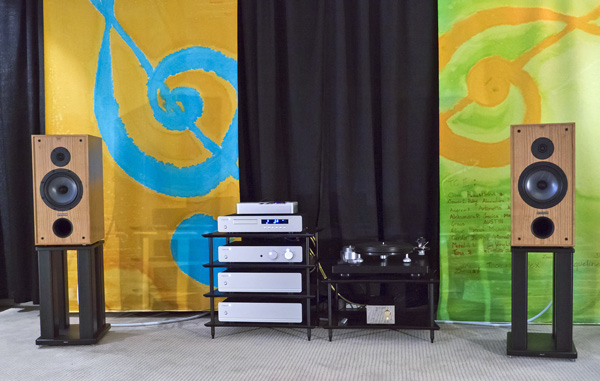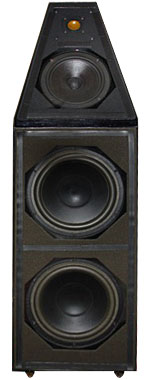
"No pain; no gain." Thus goes the June 1991 offering from the Cliché-of-the-Month Club(800) MOT-JUSTa saying that seems particularly appropriate for audiophiles with aspirations. High-performance loudspeakers fall into two categories. First are those exasperating thoroughbreds requiring endless Tender Loving Care and fussy attention to system detail to work at all. Take the
Avalon Eclipse or the
Infinity IRS Beta, for example: when everything
is just fine, you put on record after record, trying to get through as much music as possible before the system goes off song again. On the other hand, speakers like the
Vandersteens,
Magnepans,
B&W 801 Matrix, and
KEF R107/2 appear to sound excellent even as you unpack them, before you've even put them in what you think might be the optimum positions in your listening room.
The question is: Are such unfussy designs really high-end? I mean, if they were truly high-performance speakers, shouldn't the owner have to suffer even just a little to reach musical nirvana? "A little pain; some sonic gain!" goes that other familiar saying.
You all know where you stand on this vitally important question. Me, I prefer to sit and construct the following graphical analogy. Draw a vertical axis and mark it "Absolute Performance." (The units are "gb," footnote 1) Now draw a horizontal axis and label it "Setup." (The units are "dU" for "deci-Ungers," footnote 2) Okay, sketch out an inverted V-shape. This curve, something like an engine's torque vs RPM curve, represents the manner in which a system's or component's performance changes according to how it is set up.



 "No pain; no gain." Thus goes the June 1991 offering from the Cliché-of-the-Month Club(800) MOT-JUSTa saying that seems particularly appropriate for audiophiles with aspirations. High-performance loudspeakers fall into two categories. First are those exasperating thoroughbreds requiring endless Tender Loving Care and fussy attention to system detail to work at all. Take the
"No pain; no gain." Thus goes the June 1991 offering from the Cliché-of-the-Month Club(800) MOT-JUSTa saying that seems particularly appropriate for audiophiles with aspirations. High-performance loudspeakers fall into two categories. First are those exasperating thoroughbreds requiring endless Tender Loving Care and fussy attention to system detail to work at all. Take the 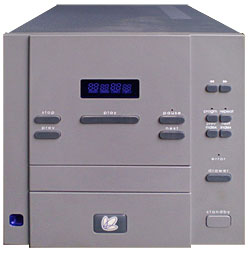 The Proceed CD player is the first digital product from Madrigal Audio Laboratories, a company known for their Mark Levinson preamplifiers and power amplifiers, including the very highly regarded
The Proceed CD player is the first digital product from Madrigal Audio Laboratories, a company known for their Mark Levinson preamplifiers and power amplifiers, including the very highly regarded 